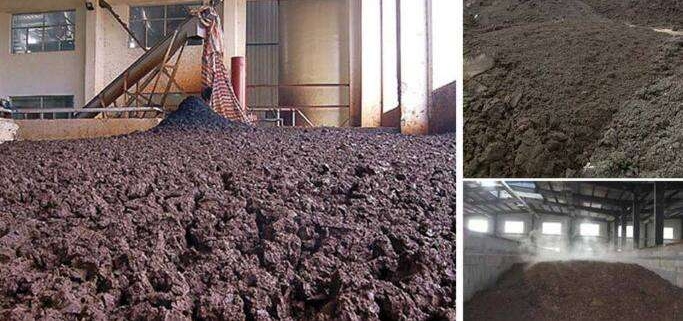1. Where does the inorganic sludge come from?
Inorganic sludge exists in minerals, stone processing industries, municipal construction slurry, desulfurization and denitrification products of thermal power plants, etc.
2. How can we quickly distinguish the organic content of sludge?
1). The simplest and most direct method is to use the moisture content detector to measure the moisture content.
Take 3 grams of mud sample and put it in the tray to see the size. The large volume of sludge can basically be judged to be due to the presence of more organic substances such as suspended solids and fungi. The small size indicates that the inorganic content is high.
2). Look at the feel after drying
The original bulky sludge is severely reduced after drying, and it feels hard and brittle after being crushed with fingers, which can be judged as sludge with high organic content. If it feels soft, the organic content is medium. After drying, the volume does not change much, and it becomes ash after being crushed by fingers, which can basically be judged as inorganic sludge with very low organic matter.
3. How to distinguish the organic matter content of sewage?
The sewage we come into contact with is generally concentrated or precipitated sewage after anaerobic or aerobic treatment. The sewage has been treated by physicochemical or oxidation. You can use a measuring cup to fill the sewage and use time to analyze the state of the sewage, mud, moisture layer, and organic matter. High-content sewage is not easy to stratify or is very slow, medium-level sewage has slight stratification or obvious stratification, and inorganic sewage stratifies very quickly or the bottom of the sludge is not easy to agitate after sedimentation.



